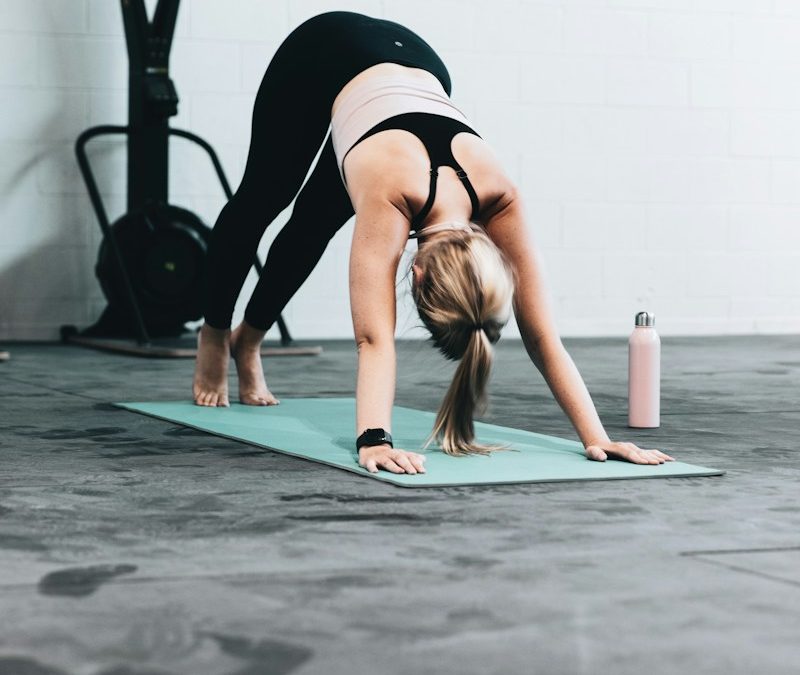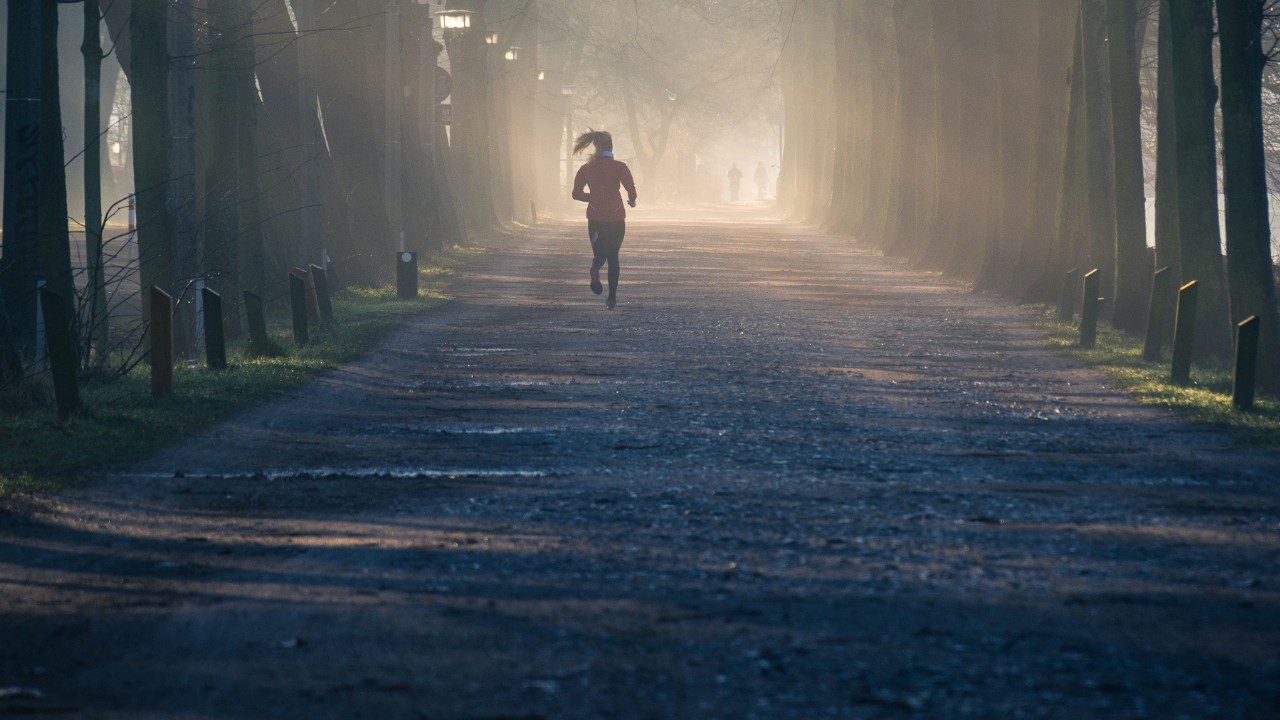From Stiff to Supple - Unlocking the Benefits of Flexibility for Enhanced Fitness
Flexibility is a crucial yet often overlooked component of overall fitness. While many fitness enthusiasts focus on strength training and cardiovascular exercises, neglecting flexibility can hinder one's ability to move freely and perform optimally.
In this article, we'll explore the importance of stretching exercises in promoting flexibility, their positive impact on power output, and how flexibility contributes to improved performance and longevity in fitness.
The Basics of Flexibility
Flexibility refers to the range of motion around a joint or group of joints. It involves the ability of muscles, tendons, and ligaments to lengthen and allow movement. Regular stretching exercises are essential to maintain and enhance flexibility. There are two main types of stretching: static stretching, where you hold a stretch for a prolonged period, and dynamic stretching, involving controlled movements through a full range of motion.
The Benefits of Static Stretching on Muscle Length
Static stretching, a form of stretching where a muscle is lengthened and held for a prolonged period without movement, has been widely studied for its impact on muscle length and overall flexibility. The benefits of static stretching on muscle length are well-documented and can be attributed to several physiological mechanisms.
1. Increased Muscle Extensibility:
- Static stretching has been shown to increase muscle extensibility by promoting the lengthening of muscle fibres over time. This lengthening occurs due to the viscoelastic properties of muscles, allowing the collagen fibres within the muscle to gradually adapt to the applied stretch.
2. Improved Joint Range of Motion:
The lengthening of muscles through static stretching contributes to an enhanced joint range of motion. This is particularly beneficial for individuals seeking to improve flexibility and functional movement in various activities.
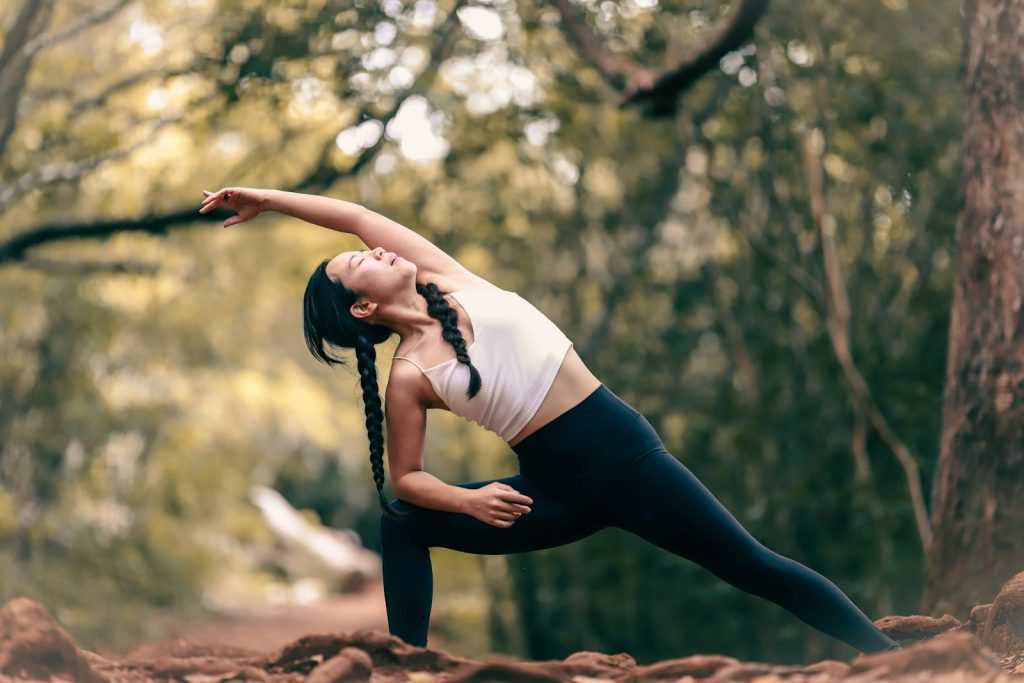
3. Reduction in Muscle Stiffness:
Static stretching has been associated with a reduction in muscle stiffness, which can impede movement and contribute to discomfort. By promoting muscle lengthening, static stretching helps mitigate stiffness, leading to improved overall muscle function.
4. Prevention of Muscle Imbalances:
Regular incorporation of static stretching into a fitness routine can contribute to the prevention of muscle imbalances. Addressing muscle imbalances is crucial for optimising movement patterns and reducing the risk of injuries associated with muscular asymmetry.
5. Flexibility and Power Output:
Contrary to a common misconception, flexibility and power are not mutually exclusive. In fact, increased flexibility positively influences power output. When muscles and joints have an extended range of motion, they can generate more force. This enhanced force production translates to improved performance in various activities, from lifting weights to running and jumping.
6. Improving Performance and Longevity of an active lifestyle:
Incorporating stretching exercises into your fitness routine can significantly enhance performance and contribute to longevity in physical activity. Here’s how:
- Injury Prevention: Flexible muscles and joints are less prone to injury. Stretching helps improve the resilience of tissues, reducing the risk of strains, sprains, and other common injuries.
- Improved Posture: Flexibility plays a crucial role in maintaining proper posture. Stretching the muscles around the spine, shoulders, and hips promotes alignment, reducing the risk of chronic pain and discomfort.
- Enhanced Recovery: Stretching aids in the recovery process by promoting blood flow to muscles and aiding in the removal of waste products. This helps alleviate muscle soreness and speeds up recovery after intense workouts.
- Increased Range of Motion: A wider range of motion allows for more efficient movement patterns, contributing to better overall performance in both daily activities and sports.
YIN Yoga: a great class to aDd to your weekly routine
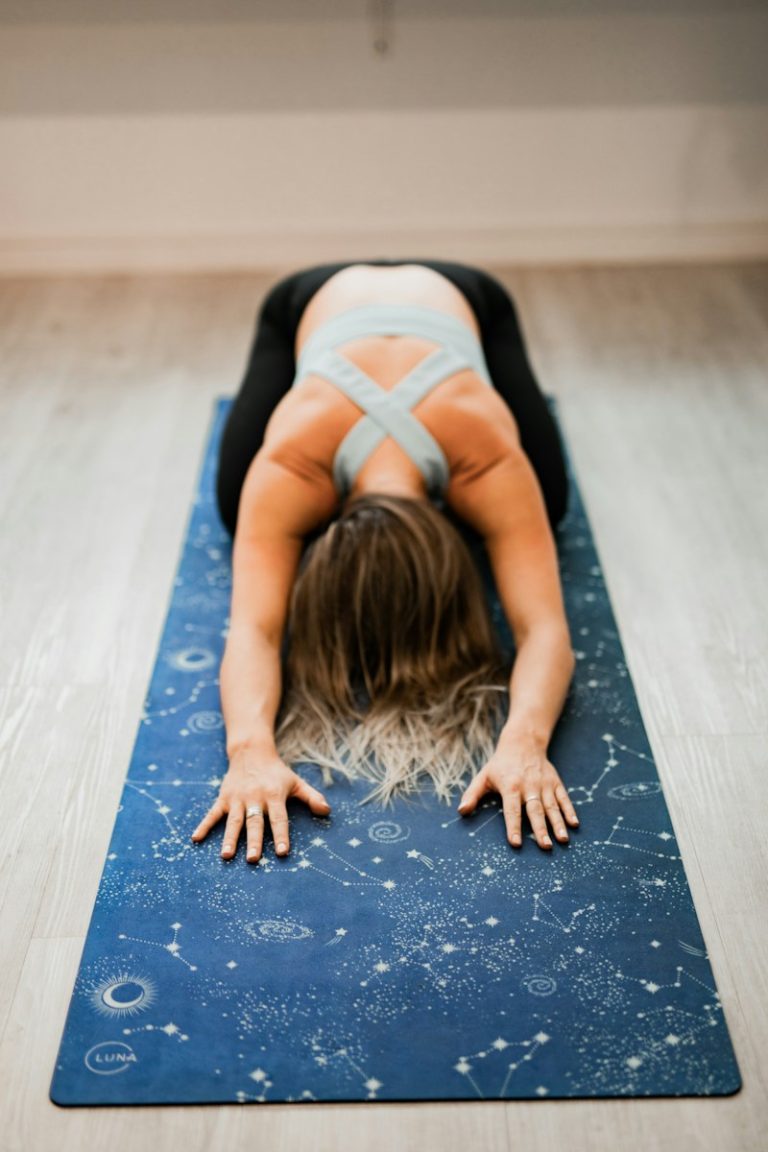
If you are someone that finds it hard to motivate themselves to stretch generally, then getting yourself to a yoga class is a good way of taking the pressure off. Here, you don’t have to think of your own flexibility or stretch routine, but can follow the expertise and guidance of an instructor.
Knowing you are practising with the expertise of a professional reduces the risk of any potential injury and instils confidence in achieving the right outcomes. This practice focuses on targeting the connective tissues, such as ligaments, tendons, and fascia, rather than the muscles.
Here are several reasons why Yin Yoga is considered a beneficial method of static stretching:
Targeting Connective Tissues:
Yin yoga emphasises passive stretching that targets the connective tissues surrounding the joints. Unlike dynamic stretching or more active forms of yoga, Yin poses apply a gentle and sustained stress to these tissues, promoting increased flexibility and joint mobility over time.
Improved Joint Mobility:
By holding poses for an extended duration, Yin yoga helps to improve joint mobility. The slow and steady nature of the practice allows the joints to move through their full range of motion, enhancing flexibility and reducing stiffness.
Stimulation of Fascial Release:
Fascia is a dense connective tissue that surrounds muscles and organs. Yin yoga encourages the release of fascial restrictions, contributing to improved tissue flexibility and the prevention of adhesions that can limit movement.
Enhanced Circulation and Energy Flow:
The prolonged holds in Yin yoga stimulate increased blood flow to the targeted areas. This improved circulation nourishes the tissues and facilitates the flow of energy, promoting overall well-being and vitality.
Vinyasa yoga: get into the flow
Vinyasa yoga, often referred to as flow yoga, is a dynamic and popular form of yoga that synchronises breath with movement. The practice involves a series of poses and transitions, creating a fluid and continuous sequence. While vinyasa yoga is primarily known for its cardiovascular and strength-building benefits, it is also an effective method of stretching.
Here are several reasons why vinyasa yoga is considered a good method of stretching:
Dynamic Stretching:
- Vinyasa yoga involves a continuous flow of movement, incorporating dynamic stretches that engage various muscle groups. The constant transitions between poses encourage the lengthening and stretching of muscles, promoting flexibility and range of motion.
Muscle Warm-Up:
- The flowing nature of vinyasa sequences serves as an effective warm-up for the muscles. As the body gradually moves through the poses, the muscles warm up, becoming more pliable and receptive to stretching. This can contribute to a safer and more effective stretching experience.
Targeting Multiple Muscle Groups:
- Vinyasa sequences are designed to target different muscle groups throughout the practice. This comprehensive approach ensures that the entire body is engaged and stretched, promoting overall flexibility rather than focusing on isolated areas.
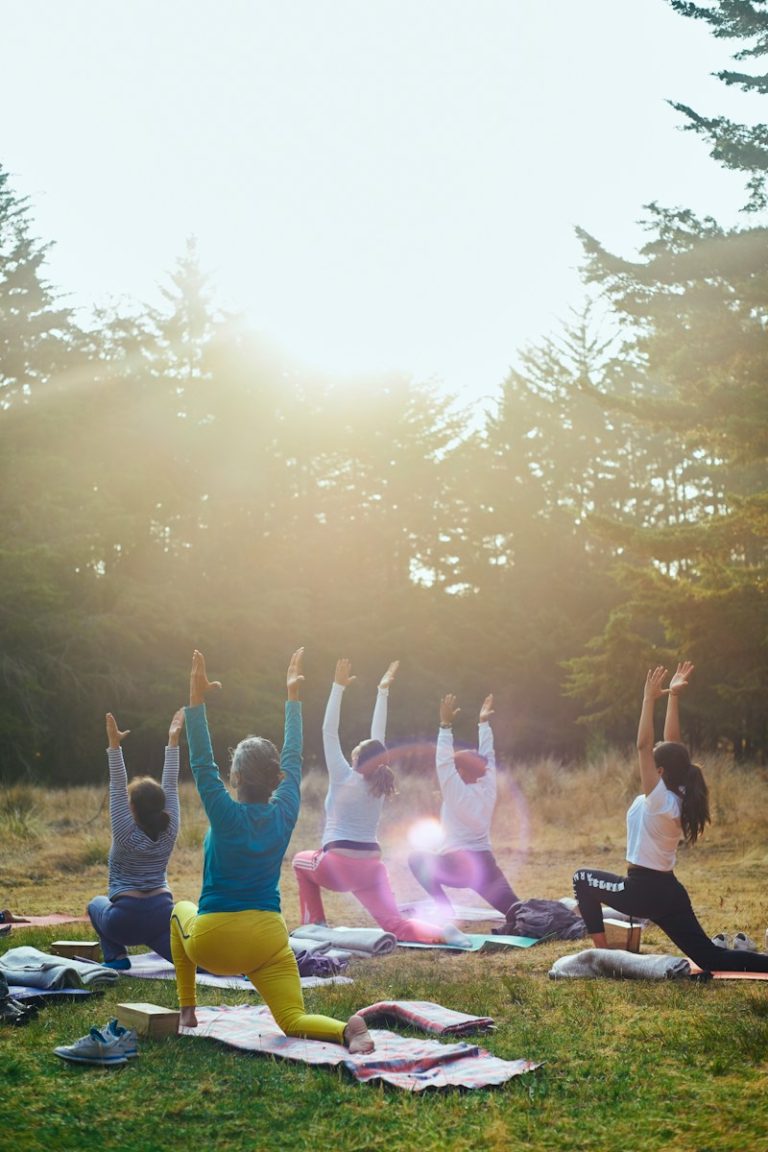
Benefit of both types of yoga:
Improved Circulation:
- The rhythmic and continuous movements of vinyasa yoga enhance blood circulation. Improved blood flow delivers oxygen and nutrients to muscles, aiding in their flexibility and recovery. This increased circulation can also contribute to reduced muscle stiffness.
Enhanced Breath Awareness:
- Yoga places a strong emphasis on breath awareness, coordinating breath with movement. The controlled and deep breathing practised in vinyasa helps oxygenate the muscles, promoting relaxation and facilitating a deeper stretch.
Balancing Strength and Flexibility:
- While vinyasa yoga is dynamic and strength-building, it also incorporates poses that promote flexibility. This balance between strength and flexibility ensures that practitioners develop both aspects of fitness, preventing imbalances that can lead to injuries.
Stress Reduction and Mindfulness:
- Yin yoga encourages a meditative and introspective approach to stretching. Holding poses for an extended period or following though movements fosters mindfulness, allowing practitioners to tune into their breath and sensations. This mindfulness aspect not only enhances the mental benefits of yoga but also promotes a deeper stretch as the muscles relax.
Balancing the Yin and Yang:
- In traditional Chinese philosophy, Yin and Yang represent opposite forces that complement each other. While dynamic or Yang forms of exercise focus on muscle engagement and active movement, Yin yoga complements this by addressing the Yin aspects—slow, passive, and receptive. This balance is essential for overall musculoskeletal health and preventing imbalances in the body.
Stress Relief and Relaxation:
- Yoga is known for its calming and stress-relieving effects. The extended holds (Yin yoga) in comfortable and supported poses activate the parasympathetic nervous system, promoting relaxation and reducing stress levels.
Accessible to All Levels:
- Yoga is accessible to individuals of various fitness levels and ages. The poses can be modified to accommodate individual needs and limitations, making it a suitable practice for those recovering from injuries or seeking a gentle form of exercise.
Conclusion
In the pursuit of fitness, flexibility should not be sidelined. Stretching exercises play a pivotal role in promoting flexibility, positively impacting power output, and safeguarding against injuries. We have covered two types of yoga but there are lots of other types of yoga and stretch based class to get involved. Whether you’re an avid athlete or someone focused on general fitness, incorporating a well-rounded approach that includes stretching can lead to improved performance and a longer, healthier fitness journey. Remember, from stiff to supple, flexibility is the key to unlocking your body’s full potential.
If you wish to seek further help or speak to a practitioner about any of the above, call us on 0800 731 2738 or book online here.
You can also view all the services we provide within our clinics on our website, as well as checking out our other blogs and content.
For more free tips and information, make sure to follow our Facebook and Instagram pages. We also post client stories, so you can see how we’ve helped people get back to doing the things they enjoy!
